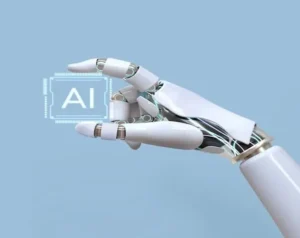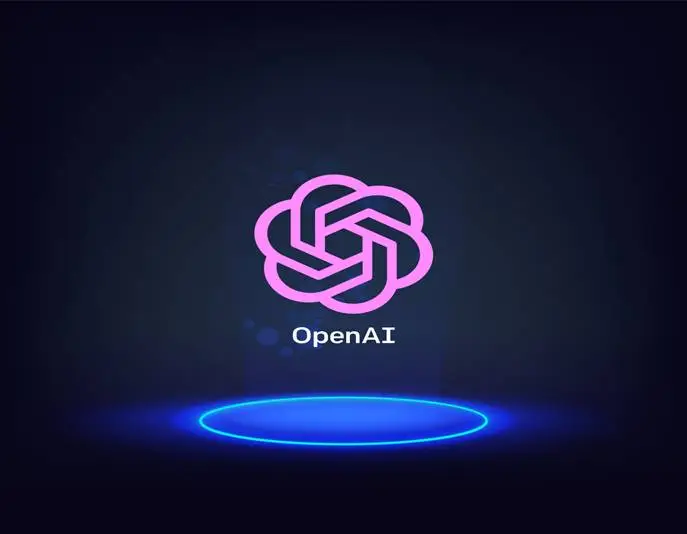In the technological sector, artificial intelligence (AI) has completely changed the game. By automating processes, enhancing decision-making, and opening new opportunities, AI has the potential to transform the way we live and work. Open AI is one of the top businesses in the AI industry. A research group called OpenAI is dedicated to developing and promoting friendly AI. We’ll examine OpenAI’s efforts in several AI fields in this blog, including machine learning, natural language.
Processing, robotics, computer vision, generative models, and reinforcement learning.
Machine Learning:
A method of artificial intelligence called machine learning (ML) allows computers to learn from data without having to be explicitly programmed. The work of OpenAI, which has been at the forefront of ML research, has significantly advanced the discipline. The deep neural network, a network of connected nodes that can learn from data, is one of the most widely used ML techniques today. Modern deep neural networks like the Generative Pretrained Transformer (GPT) model, which can produce writing that is human-like, have been created by OpenAI.
Natural Language Processing:
A branch of artificial intelligence called “natural language processing” (NLP) is concerned with how computers and people can communicate naturally. Several models that can process and comprehend human language have been created by OpenAI, which has achieved substantial advancements in NLP research. For instance, OpenAI’s GPT-3 model has been used to write articles, develop code, and even compose music. GPT models may also produce coherent text in natural language.
Reinforcements Learning
An agent learns from input it receives from its environment while using reinforcement learning (RL), a type of machine learning. Robotics, gaming, and self-driving cars are just a few of the many applications for which OpenAI has created RL algorithms. A toolset for creating and contrasting RL algorithms is called OpenAI’s Gym.

Neural Networks
In ML and AI, neural networks are a fundamental building block. Open AI are employed for tasks like voice and picture recognition because Open AI are modelled after the structure and operation of the human brain. Like the transformer design utilized in the GPT models, numerous novel neural network architectures have been created by OpenAI.
Designing, building, and using robots are all part of the field of robotics. Robots capable of carrying out challenging tasks in the actual world are being developed by OpenAI. The robotic system developed by OpenAI employs ML and RL methods to learn from data and get better over time. This system is intended to be secure, dependable, and simple to operate.
Computer Vision
The study of teaching computers to detect and comprehend visual data is known as computer vision. Modern computer vision models have been created by OpenAI, including the DALL-E model, which can produce images from textual descriptions.
Norms for AI
Although AI offers a great deal of potential to enhance our lives, it also poses serious threats. OpenAI has been outspoken in supporting ethical AI development because it understands how important it is for the advancement of the field. Open AI have created the OpenAI Charter, outlining their commitment to responsible and helpful AI, and have demanded increased openness and responsibility in the industry.
Bias in AI
A major concern in the development of AI systems is bias. By creating methods to reduce bias in AI systems, OpenAI is attempting to address this problem. Open AI have created an algorithm, for instance, that can identify and lessen bias in language models.
To address this issue, researchers and practitioners in the AI field are developing techniques to detect and mitigate bias in AI systems, such as data pre-processing techniques, model selection, and interpretability methods. Addressing bias in AI is essential to ensure the ethical and equitable use of AI in society.

